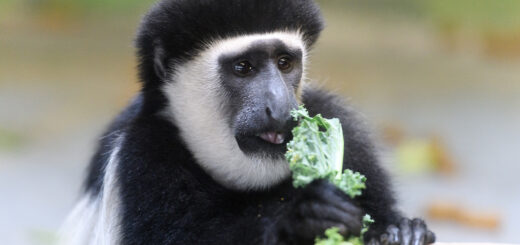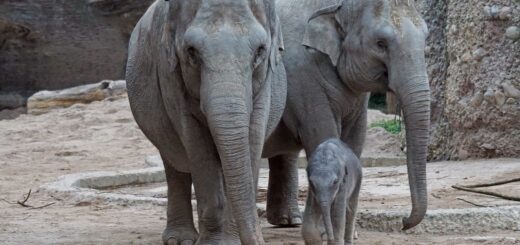Natural vs artificial preservatives in manufactured feeds
Citation
Tollefson TN. 2019. Natural vs artificial preservatives in manufactured feeds. In Brooks M, Freel T, Koutsos E Eds. Proceedings of the Thirteenth Conference on Zoo and Wildlife Nutrition, Zoo and Wildlife Nutrition Foundation and AZA Nutrition Advisory Group, Saint Louis, MO.
Abstract
Energy intake is usually the first health consideration of an animal when they are first brought into a collection, and more carnivorous species typically have higher fat levels to help supply the targeted energy content of the diet. Preservation of this fat is of primary importance for palatability and other health effects as increased lipid peroxidation resulting in a rancid product may decrease the animal’s intake, body condition, serum Vitamin E, and immune function. While there are a variety of tests to measure oxidation in pet foods, peroxide value (PV) and p-Anisidine (AV) are 2 common tests that are used to help feed manufactures determine the oxidative status of the finished feed. These tests are used in research trials to help determine the appropriate shelf life of a finished feed and studies have shown that natural preservatives are less effective than synthetic sources (Tucker, 2004). The most effective antioxidants are ethoxyquin, butylated hydroxytoluene (BHT), and butylated hydroxyanisole (BHA) (Gross et al., 1994), but in general, the pet food industry has been moving away from the use of these artificial preservatives in favor of the less effective natural mixed tocopherols because of customer perception that synthetic preservatives are harmful to their animals (Case et al., 2011; Tucker, 2004). Regardless of the validity of these accusations against artificial preservatives, the feed industry is moving toward the use of more natural preservatives in an attempt to meet their customer’s expectations (Case et al., 2011), and because of this, it is important for the nutritionist, veterinarian, and animal owner to understand what this change means to the finished feed that they are feeding their animals.
 Tollefson.pdf 13 KB
Tollefson.pdf 13 KB








